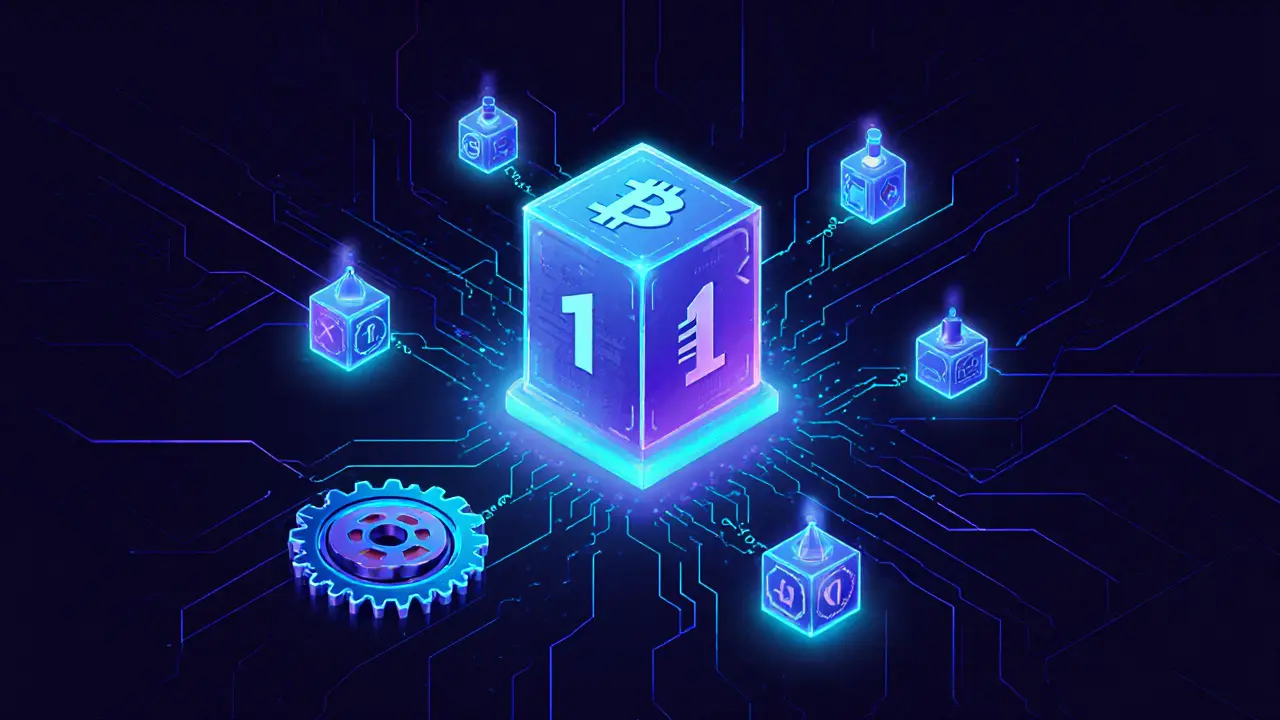Mining Difficulty Calculation: The What, Why, and How
When working with mining difficulty calculation, the process that decides how hard miners must work to add a new block to a blockchain. Also known as difficulty adjustment, it keeps block intervals stable even as the network’s power changes. In plain terms, the network looks at how fast blocks have been found and tweaks the puzzle difficulty so the average stays around the target (usually ten minutes for Bitcoin). This simple feedback loop is the backbone of proof‑of‑work security.
Key Factors That Shape Difficulty
The first factor you’ll hear mentioned is Bitcoin, the original proof‑of‑work cryptocurrency that pioneers the difficulty‑adjustment system. Bitcoin’s 2,016‑block window (roughly two weeks) is the time frame the network uses to evaluate performance. If blocks were found faster than the ten‑minute goal, the next adjustment makes the puzzle harder; if they were slower, it eases up. This rule ensures miners can’t flood the chain with blocks just by adding more machines.
Next up is the hash rate, the total computing power trying to solve the proof‑of‑work puzzle at any moment. Think of hash rate as the speedometer for the whole network. A sudden surge—maybe because a new ASIC model launches—means more guesses per second, so the difficulty climbs to keep block times on track. Conversely, a dip (like a power outage) pushes difficulty down. The direct link between hash rate and difficulty is a core semantic triple: higher hash rate leads to higher difficulty, which in turn balances block production.
Then there’s mining hardware, specialized devices such as ASICs that perform the hash calculations. Hardware upgrades are the main driver of hash‑rate spikes. When a miner upgrades from an older ASIC to a newer, more efficient model, the extra hashes contribute to a network‑wide increase, prompting the next difficulty bump. Understanding the hardware‑difficulty relationship helps you predict when the next adjustment might hit.
Finally, consider the role of mining pools, groups of miners that combine their hash power and share rewards. Pools smooth out the randomness of solo mining and let participants earn a steady cash flow. Because pools aggregate a large share of the total hash rate, their collective behavior heavily influences the difficulty metric. When a big pool switches to a more efficient algorithm or adds new machines, the network sees a swift hash‑rate jump, and the difficulty adjusts accordingly.
All these pieces—Bitcoin’s adjustment schedule, the network hash rate, the hardware powering the hashes, and the pools that bundle them—form a tightly linked system. Mining difficulty calculation is the glue that keeps the puzzle fair, the block time predictable, and the network secure. Below you’ll find articles that break down each element, walk you through real‑world examples, and give you tools to monitor difficulty changes as they happen.

How to Calculate Mining Difficulty in Bitcoin and Other Cryptocurrencies
Sep 10, 2025, Posted by Ronan Caverly
Learn how mining difficulty is calculated, why it changes, and what it means for Bitcoin miners. Get formulas, examples, and a practical checklist.
MORESEARCH HERE
Categories
TAGS
- decentralized exchange
- crypto exchange review
- cryptocurrency
- crypto coin
- CoinMarketCap airdrop
- smart contracts
- tokenomics
- cryptocurrency exchange safety
- crypto exchange
- cryptocurrency airdrop
- crypto airdrop
- cryptocurrency exchange
- crypto airdrop guide
- blockchain token distribution
- DeFi
- crypto exchange scam
- crypto airdrop 2025
- Ethereum
- cross-chain interoperability
- ERC-20
